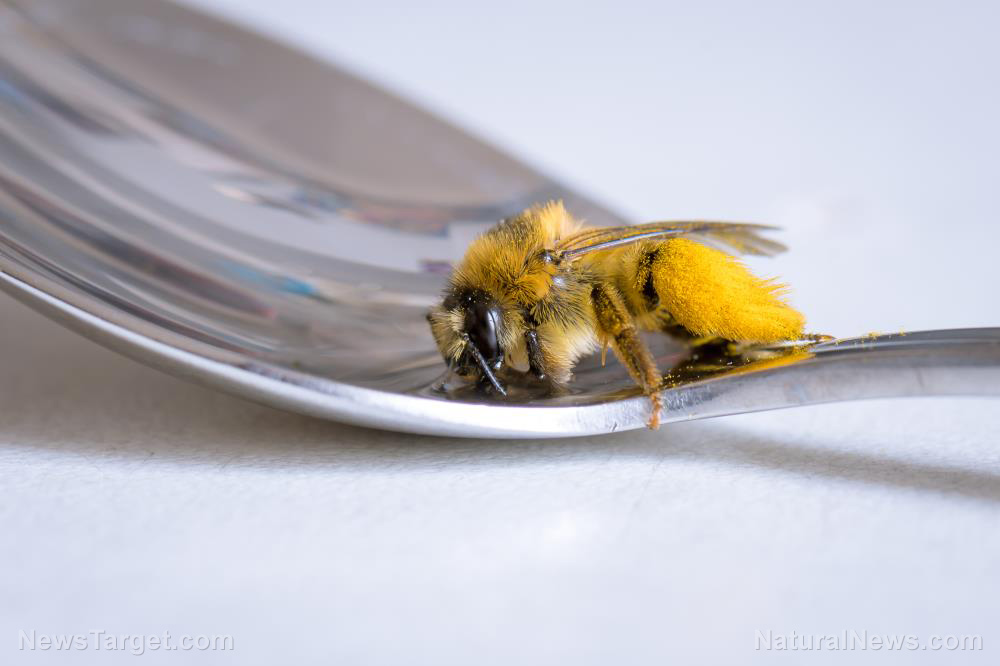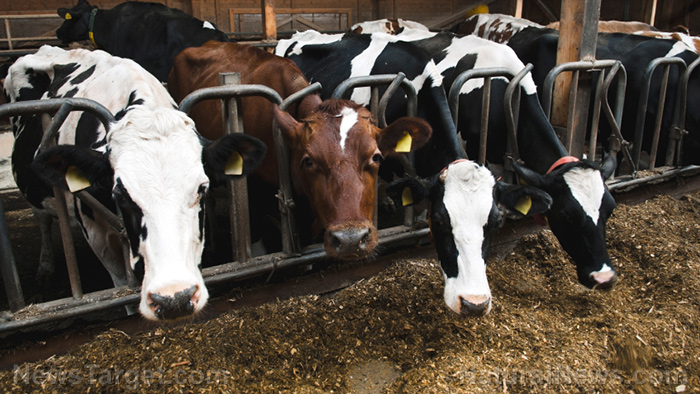
The study, conducted by scientists at the University of California, Davis (UC Davis) showed that bees can fly using an "economy mode" that uses less energy when carrying heavy loads.
"They can carry 60, 70 or 80 percent of their body weight flying, which would be a huge load for us just walking around," Susan Gagliardi from the College of Biological Sciences at UC Davis said. "We were curious to see how they do it and how much it costs them to carry food and supplies back to the hive."
The researchers tested 30 individual worker bees of the species Bombus impatiens from a commercial colony. They were housed indoors in a large mesh enclosure and provided with pollen inside to allow them to forage for nectar. The bees who were actively foraging were then removed individually and their initial mass was recorded to create a customized, external load from a piece of solder wire.
Gagliardi and Stacey Combes, associate professor in the Department of Neurobiology, Physiology and Behavior at UC Davis, measured the energy spent by the bumblebees flying in a specially designed chamber, attaching small pieces of solder wire to the bees to adjust their weight. (Related: Bee massacre: Pesticide use decimates Brazilian bee population.)
"We have the bees in a little chamber and we measure the carbon dioxide they produce. They are mostly burning sugar so you can tell directly how much sugar they are using as they are flying," said Gagliardi.
Combes noted that bumblebees fly very differently from aircraft, and while air flows smoothly over an aircraft wing or rotor blade, bees move their wings at a high angle to generate vortices that curl around the wing.
While this produces more lift than smooth airflow, it is also less stable as the vortices break down quickly. However, bees are able to sustain their flight by moving their wings very rapidly.
Testing bumblebees in "economy mode"
Bumblebees fuel their flights from the nectar they are carrying, so the researchers believed that they get lighter as they fly and that they are using less energy. However, they discovered that this wasn't the case.
As it turns out, the bees become more economical in flying the more heavily loaded they are – something that initially did not make sense to the researchers. But looking more closely, they found that bumblebees have two different flight modes.
First, they increase how far the wings flap when they are more heavily loaded. However, this isn't enough to support the extra weight, so to make up the difference, they can also increase the wingbeat frequency, which generates more lift and increases energetic costs.
However, bees have an alternative flying mode that allows them to carry heavier loads while spending less energy. It is not clear yet what this "economy mode" involves, but Combes believes it may involve a change in how the wing rotates to reverse directions between strokes. "It turns out to be a behavioral choice they are making in terms of how they support the load," she said.
It is unclear why bees don't use this economy mode all the time. That said, it may have something to do with the high wingbeat frequency and performance advantages in possibly maintaining stability in turbulent air, or for avoiding obstacles.
Combes said that the research prompted a shift in how she views insects. She shared, "When I started in this field there was a tendency to see them as little machines, we thought they'll flap their wings one way when carrying zero load, another way when they're carrying 50 percent load and every bee will do it the same way every time. Even the same bee on a different day will pick a new way to flap its wings."
Learn more about bumblebees and how they fly at Bees.news.
Sources include:
Please contact us for more information.























